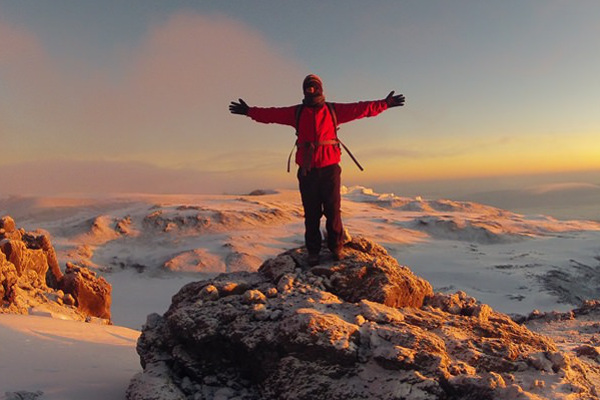For trekking enthusiasts, the Kilimanjaro vs Everest Base Camp (EBC) decision is one of the hardest. After all both are extremely attractive and challenging treks.
There are many different things to consider when choosing between Kilimanjaro and EBC trek and this guide will help you on that journey.
From time of year to ability and routes, here is our guide to Kilimanjaro vs Everest Base Camp.
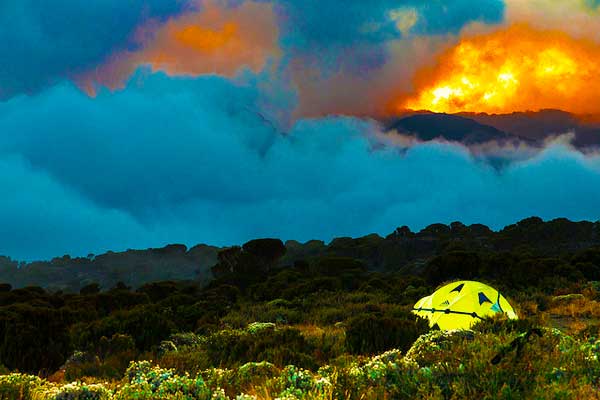
Kilimanjaro vs Everest Base Camp FAQ
When is the best time of year to climb Kilimanjaro?
For the less experienced climber, the best time of year to climb Kilimanjaro is probably June through to October. The weather is much more predictable – rain or snow is unlikely. It is peak season at this time, though, so if you want to avoid crowds, you’re looking at January to March.
During January to March, there is likely to be some snow on the upper reaches of the mountain and more cloud there too. It will be colder and so is best, we’d say, for more seasoned climbers.
When it comes to the best time to trek to Everest Base Camp, we’d recommend April/May or September/October. Both these two seasons are warmer (especially during the night) than the winter season (November to February). June, July and August are the monsoon season in Nepal and best avoided.
If you’re restricted to having holidays in the summer (June-Sept), Tanzania and Kilimanjaro may just be calling you. It’s easier in that respect and also good for if you embark on a safari there too (we’ll talk about this later).
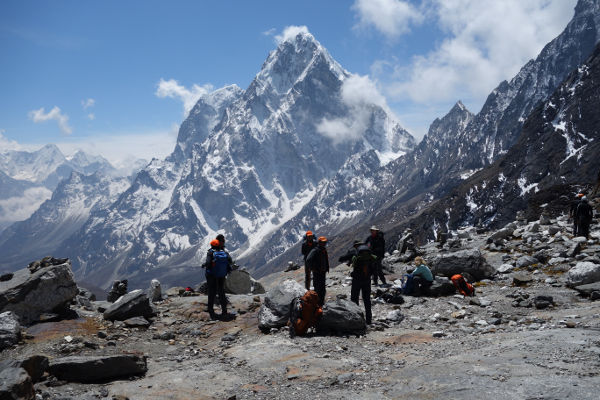
What do you want out of your Kilimanjaro or Everest trip?
One of the greatest things to consider is what you actually want to gain from the trip.
If you want to achieve a bucket-list summit then Kilimanjaro is a good bet for you. It’s something we’ve all heard of and that takes little explaining to others.
Sometimes it’s just so mammoth you have to do it. The ascent from 2,800 metres to 5,895 metres is not easy. However, it is very attainable for anyone in good health with decent fitness.
We’d recommend you put a considerable amount of effort into preparing before the trip to Kilimanjaro. You don’t need to be an Olympian or have any professional climbing skills, but physical fitness will make the mental part much easier (and vice-versa).
For those who aren’t so achievement-focused but experience-orientated, EBC is likely to be the answer for you. There are many route variations to EBC, that each offer different experiences. For example, instead of doing the classic EBC route, you can take a more challenging trail like the 3 passes or Goyko lakes.
Of course, both Kilimanjaro and Everest Base Camp are huge achievements, but there are subtle differences in what you can gain from them that will suit each person differently.
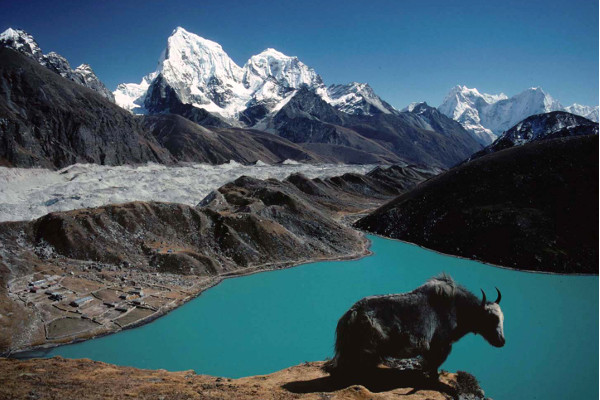
Which has the best trekking routes - Kilimanjaro or Everest?
One thing to bear in mind is that no matter your choice, there will be different routes to take too.
Kilimanjaro offers seven main routes, the most popular of which is the Machame route. It is physically challenging, but offers good acclimatisation.
Other routes for Kilimanjaro, like the Rongai route, allow you to see Mt Kilimanjaro from the Northern or Kenyan side.
When it comes to Everest Base Camp, most trekkers fly from Kathmandu to Lukla Airport. The typical route follows up the Khumba Valley, through Sagarmatha National Park and to Everest Base Camp. However, there are variations of this route like the Gokyo Lakes trek where you are able to experience the gorgeous emerald lakes of the Everest region.
We imagine that the question we asked earlier will help you out when it comes to choosing your route. If it’s scenery and experience in the mountains, perhaps opt for the alternative EBC treks. It’s your trip and you can personalise it as much – or as little – as you’d like.
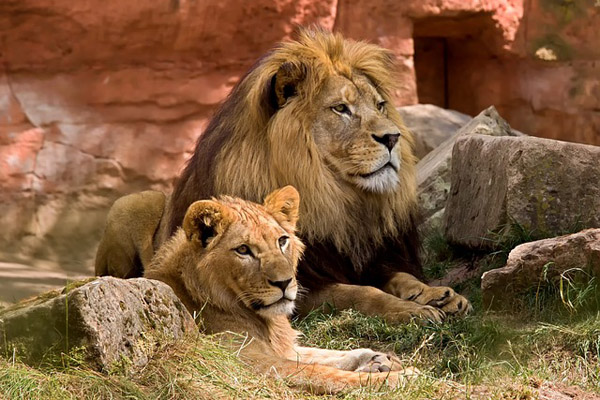
Can you do more than just trekking up Kilimanjaro or Everest?
Trekking may just be one part of your trip to Tanzania or Nepal. You may be climbing high for a week or so, but exploring the glorious countries and cultures seems like something you have to do.
How often is it that you’re in Tanzania or Nepal, really?
Kilimanjaro climbers will find that a classic Tanzania safari is one of the most appealing options when it comes to spare time in-country. The Ngorongoro National Park and the Serengeti offers the chance to spy elephants, buffalo, zebra and lions after you’ve climbed Africa’s tallest mountain. You could also head to Arusha National Park where it’ll feel like you’re in The Lion King with warthogs and buffalo surrounding you.
Everest Base Camp doesn’t have any such explicit opportunities like an African safari. However, there are plenty of things to do and explore in Nepal. Kathmandu is home to some stunning UNESCO World Heritage sites and culture fanatics will find Patan Durbar Square a great place to be as well as Bungmati and Khokana. Temples are also a great way to explore the true culture of Nepal.
If you're set on seeing Asian wildlife then you can venture south of Kathmandu to Chitwan national park, where you can see Asian elephants and rhino.
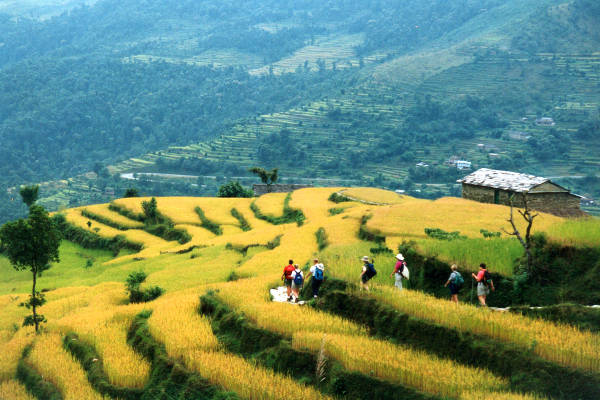
What's our verdict - Kilimanjaro or Everest Base Camp?
We can’t advise either Kilimanjaro or Everest Base Camp. We can only point you in the right direction with the information we’ve provided.
Ultimately, our advice to you is to check out all of the circumstances and see how they fit with you and your own position. What we would also recommend is to think broader than just the mountains – what else do you want to get from your trip?
Continue browsing
See more information on Tanzania or Nepal. Or check out these other Kilimanjaro and Everest Hiking articles:

